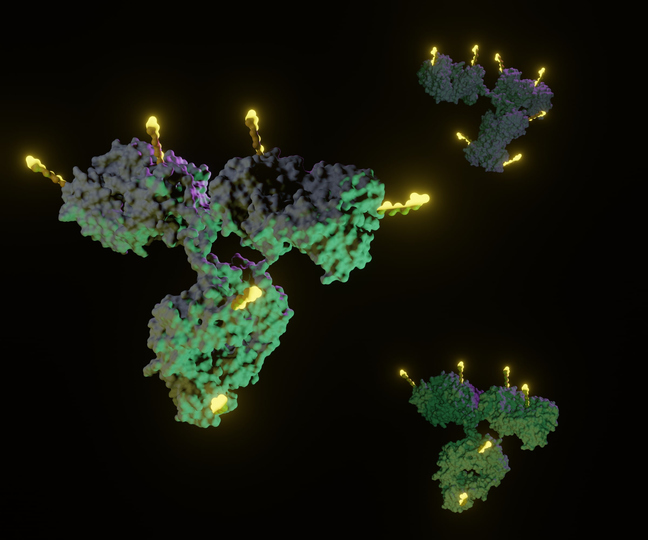Synaffix, a Lonza company focused on commercializing its clinical-stage platform technology for the development of antibody-drug conjugates (ADCs), entered into a licensing agreement with Qurient, a clinical-stage biopharmaceutical company based in South Korea, for the development of a dual-payload ADC.
Dual-payload ADCs are designed to deliver two separate cytotoxic agents with distinct mechanisms of action to target cancer cells, aiming to enhance therapeutic efficacy and mitigate payload resistance. Their therapeutic promise can potentially expand the current range of effective treatments while minimizing toxicity to healthy tissues, especially in refractory cancer cases.
The collaboration aims to develop a dual-payload ADC consisting of Synaffix’s exatecan-based technology and Qurient’s CDK7 inhibitor, aiming to target unmet medical needs in solid tumors. Under the terms of the agreement, Qurient will gain access to Lonza’s clinical-stage, site-specific ADC technology platform powered by Synaffix services, including GlycoConnect® antibody conjugation, HydraSpace® polar spacer, and exatecan-based linker-payload technologies, as well as Lonza’s expertise and experience in developing and manufacturing bioconjugates.
Lonza will manufacture components related to its proprietary Synaffix technologies, and Qurient will perform the R&D, development, manufacturing, and commercialization of the ADC, and manufacturing of Qurient’s CDK7 inhibitor.
“This licensing collaboration with Qurient signifies the versatility of our ADC platform technology. Enabling the development of a dual-payload ADC built with Synaffix technology reflects our drive to continue pioneering innovation in the field,” said Peter Van de Sande, head of Synaffix.
“Dual-payload ADCs represent the next frontier in targeted antibody therapeutics, and we look forward to advancing this novel combination of our CDK7 inhibitor and Synaffix’s SYNtecan™ linker-payload,” added Kiyean Nam. “The combination of our proprietary technology with Synaffix’s platform has the potential to be applicable to a wider range of targets and antibodies.”

